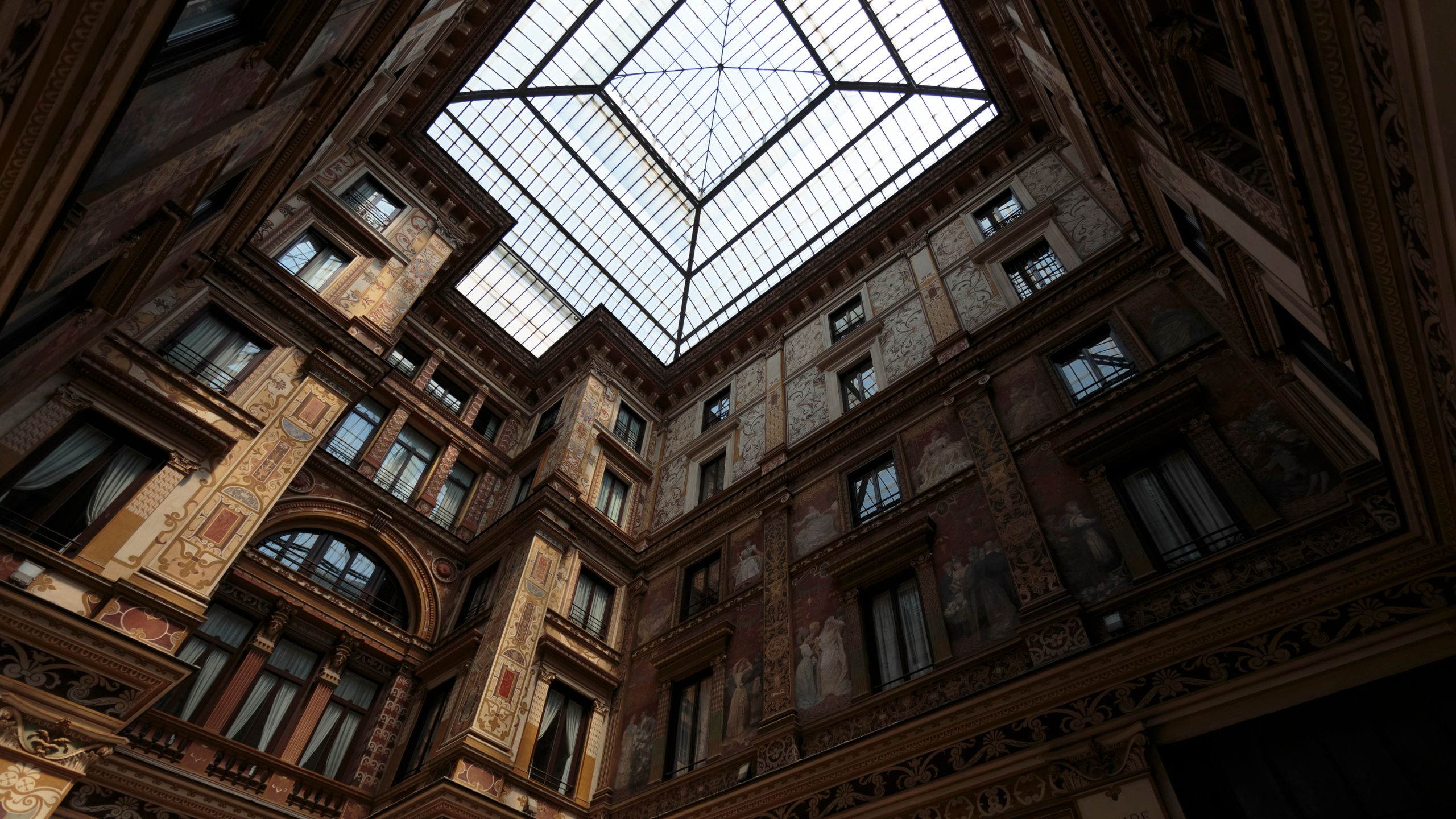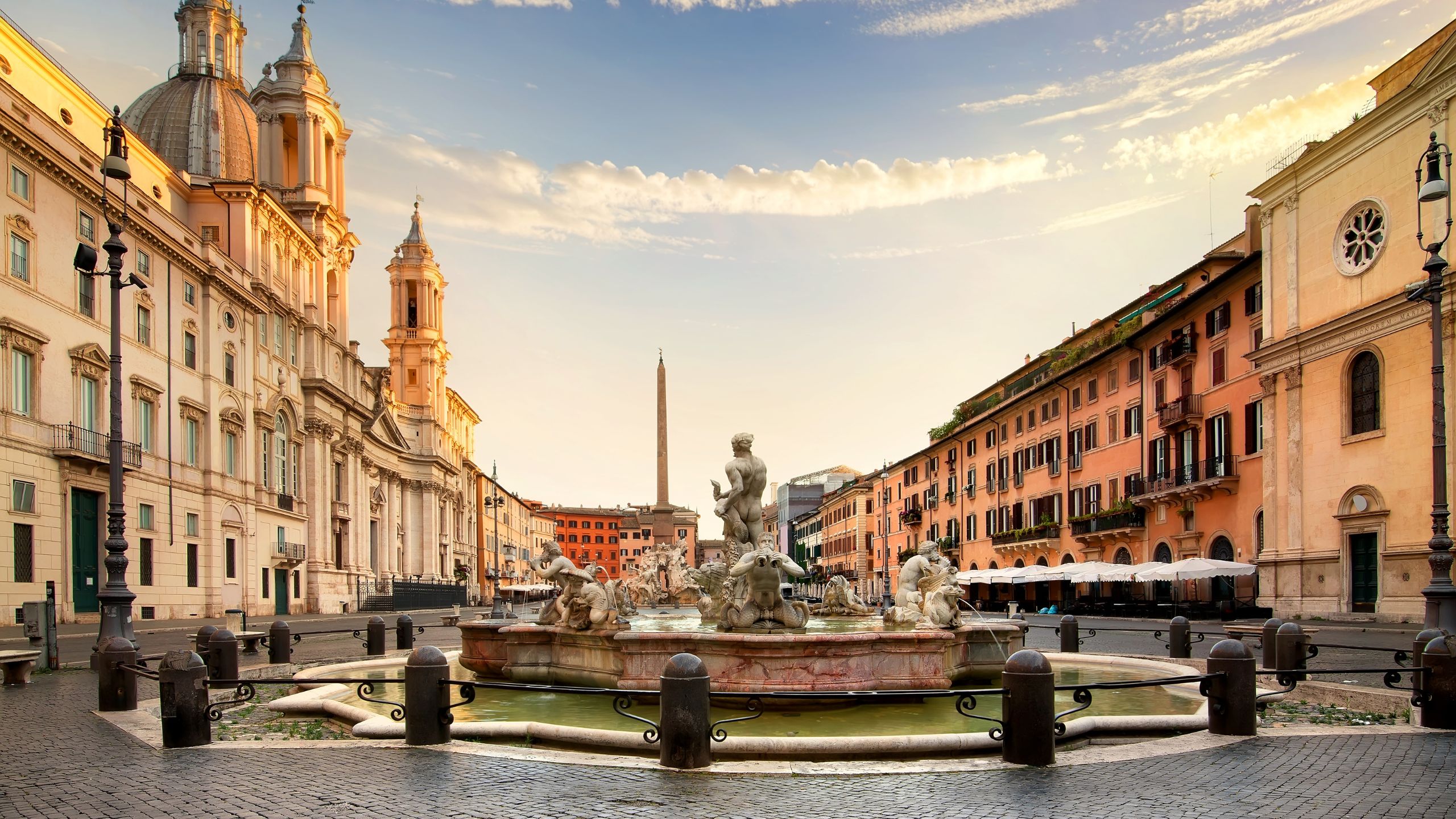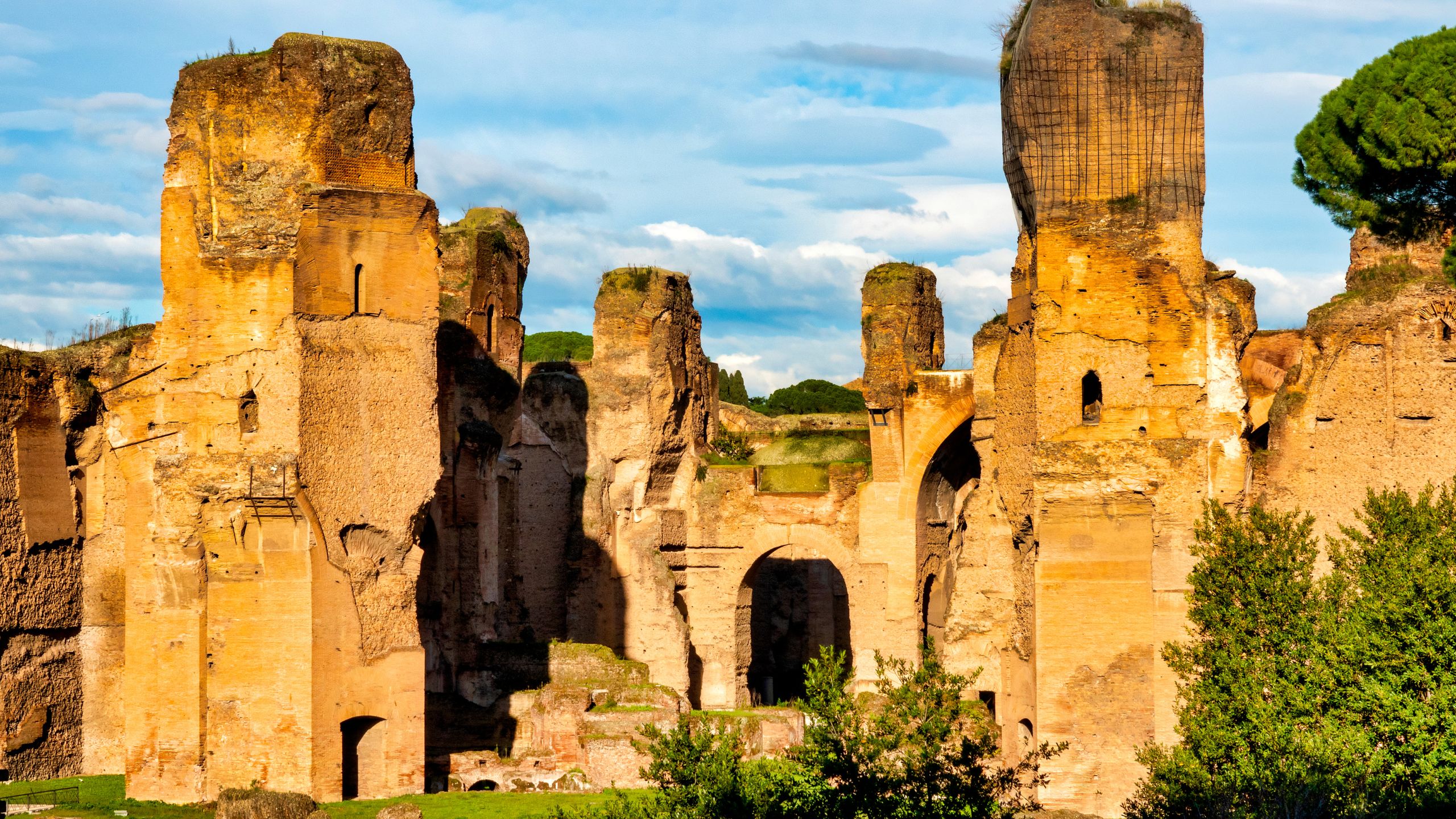A Stroll through Rome: Discovering the Galleria Sciarra
Rome is a city that never ceases to amaze. Amid its iconic monuments and crowded squares, there are hidden corners of rare beauty that often go unnoticed by most tourists. One such place is the Galleria Sciarra, a spot as fascinating as it is unexpected, just a stone’s throw from the bustling Trevi Fountain. Discovering this hidden gem will not only help you appreciate a lesser-known aspect of the Eternal City but also offer you a moment of peace away from the crowds. Get ready for a journey through art, history, and architecture in one of Rome’s secret treasures.
The History of Galleria Sciarra
The Galleria Sciarra was born from the vision of Prince Maffeo Sciarra Colonna, a Roman noble who, between 1885 and 1888, sought to create a space that would connect his properties in the city center. The project was entrusted to architect Giulio De Angelis, who designed an elegant, modern covered courtyard for its time. Originally, it was meant to become a commercial gallery, similar to those emerging in other European capitals, but the project was never fully realized. Nonetheless, Galleria Sciarra remained a symbol of modernity, thanks to the iron and glass vault that covers the courtyard, creating a unique interplay of light that bathes the space in a soft glow. Over the years, the Galleria underwent several restorations, the most important being in the 1970s when its decorative elements were restored to their former glory. Today, the building is used for office space, but the courtyard remains open to the public during business hours, becoming a pedestrian passageway used by both locals and curious tourists.
A Masterpiece of Art and Architecture
As soon as you step inside Galleria Sciarra, what immediately strikes you is the extraordinary beauty of its frescoes. Painted by Giuseppe Cellini, these murals pay homage to the female figure, represented through a series of allegories of virtues. Among them, Fidelity, Patience, Humility, and Strength stand out, celebrated through symbolic scenes that cover the entire courtyard.
The frescoes are characterized by their Art Nouveau (or Liberty) style, with vibrant colors and decorative use of floral and natural motifs that blend perfectly with the surrounding architecture.
The structure itself is a harmonious combination of classical and modern elements. The choice of iron and glass for the vault, an innovative material at the time, reflected Rome’s desire to align with new architectural trends visible in places like Milan or Paris. This particular covering not only protects the interior space but also allows natural light to gently filter through, creating a welcoming and intimate atmosphere, perfect for admiring the frescoes in peace.
How to Find Galleria Sciarra
Finding Galleria Sciarra might feel like a treasure hunt, but it’s absolutely worth the effort. If you’re near the Trevi Fountain, all it takes is a short two-minute walk along Via delle Muratte. At a certain point, you’ll notice an almost anonymous entrance tucked between buildings: don’t be fooled by the modest exterior because behind that door lies one of the most fascinating places in Rome.
The Galleria overlooks Piazza dell'Oratorio, but you can also access it from Via Marco Minghetti. Upon entering, you’ll feel as if you’ve been transported to another era, far from the city traffic and noisy crowds.
Why It’s Worth Visiting
Galleria Sciarra is a must-see for anyone looking to explore a different side of Rome, far from the more crowded tourist spots. It’s the perfect destination for those who want to discover the capital from a new perspective, immersing themselves in the beauty of Art Nouveau while enjoying a moment of tranquility in the heart of the city.
Even though it’s located just a few meters from iconic sites like the Pantheon, the Quirinale, or the Colosseum, Galleria Sciarra remains an intimate and little-known space, perfect for an off-the-beaten-path visit.
Exploring Rome on Foot
One of the great conveniences of Galleria Sciarra is its strategic location, allowing you to continue your visit on foot to other hidden wonders of Rome. After admiring the frescoes, you can head towards Via del Corso, one of the main shopping streets in Rome, or stop by Piazza di Spagna or the Pantheon. Every corner of the historic center is rich in history and charm, and choosing to stay nearby will allow you to experience the city in an authentic and comfortable way. Next time you visit Rome, don’t miss out on the opportunity to discover Galleria Sciarra, a place where art and architecture blend in perfect harmony.




